Cannondale CAAD12 range: the pinnacle of aluminium road bikes?
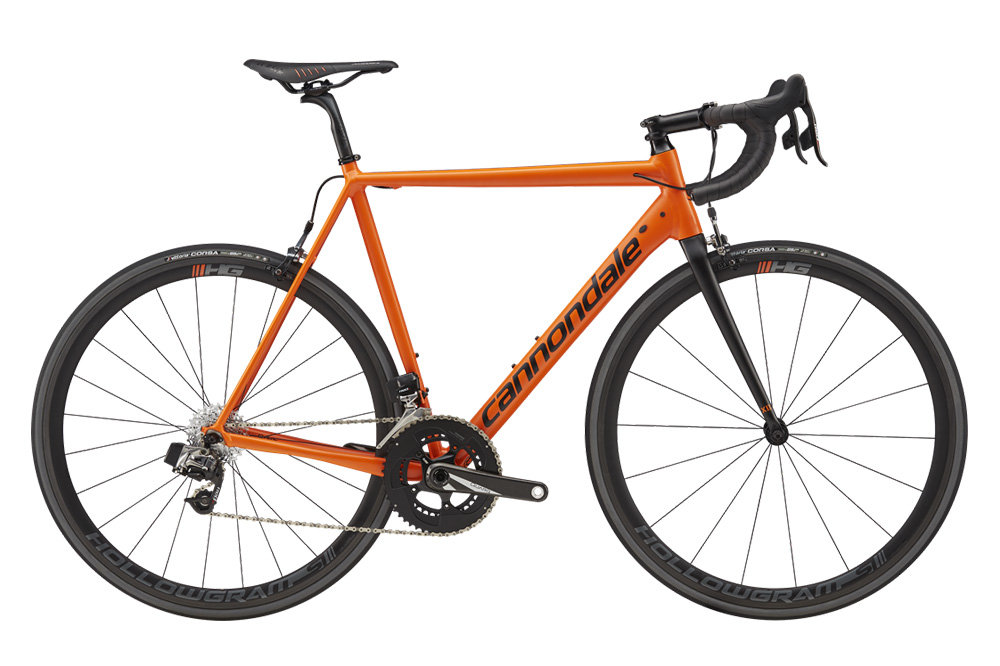
Cannondale's CAAD range has always represented what's possible with aluminium, but the fact they're made of metal over carbon doesn't stop the Cannondale CAAD12 being used for racing. In fact, that's exactly what it's bred for.
>>> Best aluminium road bikes
Cannondale CAAD12 History
A lot of major brands have always made aluminium bikes, but the CAAD range represents the pinnacle of what's possible with metal. When other brands swapped to carbon, Cannondale kept pushing forward, developing the Cannondale Advanced Aluminium Design, or CAAD for short.
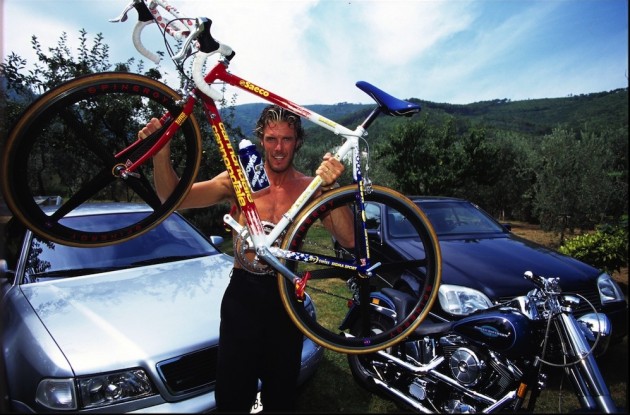
Famously, Mario Cipollini's Saeco team rode aboard a Cannondale CAAD3 and then a Cannondale CAAD4, the latter he claimed to be the best bike ever made.
Jumping forward a few years (and models), Cannondale released a CAAD10 in 2015, and now the CAAD12.
Cannondale CAAD12 technology
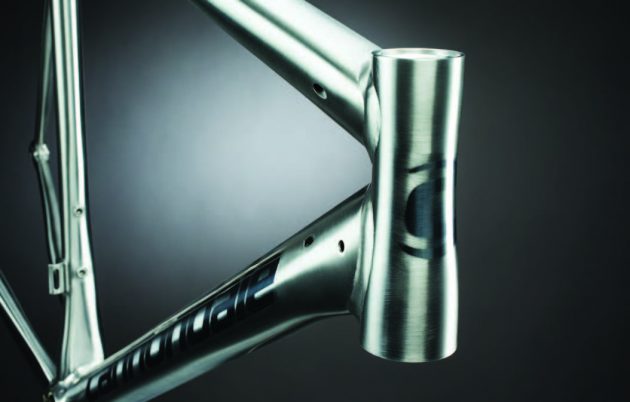
As the carbon revolution took over, many brands turned away from Aluminium, but Cannondale stayed the course pushing the boundaries of what's possible with alloy.
According to Cannondale, the key to the CAAD technology, is 'flow modelling'. At its most basic, it's the capability of testing multiple tube profiles digitally, to perfect the shape before construction.
In the real world, though, Cannondale says it allowed the perfection of tubing in a way that is efficient on resources and time. In terms of functionality, it allowed the creation of "flowing tube shapes", ones that were free from crimps, indents or awkward transitions that might affect the stiffness of the frame.
Watch: Cannondale Synapse first look
This technology led to Smartform Alloy construction, which is the more advanced aluminium found on the Cannondale CAAD12 range.
While there are four possible versions of Smartform aluminium used across Cannondale's bike range, all of the CAAD12 range come with the C1 Premium Smartform Aluminium, which makes them such nippy race bikes.
Cannondale's Speed Save micro-suspension technology will take the worst of the sting from the road, and allows the chain stays and the seat stays a degree of vertical flex to allow it to absorb bumps.
Up front, Cannondale has paired this to offset fork dropouts which match the deflection on the rear.
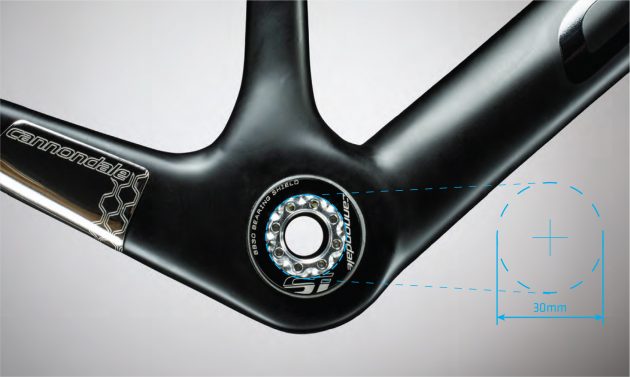
Cannondale also says the bike is explosively stiff, thanks to a built up BB30a bottom bracket junction, asymmetric chain stays and a seat stay that flares to an oval at the bottom bracket area.
Finally, for those who like the more powerful stoppers, Cannondale has unique braze-on disc brake mounts that boast both increased strength.
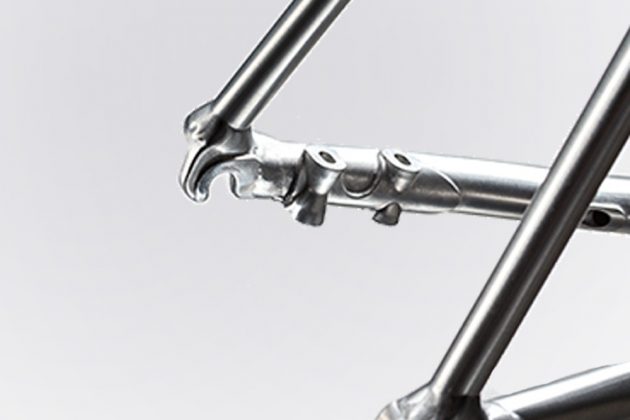
With the CAAD12, Cannondale proved that it wasn't just carbon that could be lightweight, and it claims the top end CAAD12 frames come in at 1100g on the scales – for both the disc and the non-disc versions.
Cannondale CAAD12 geometry
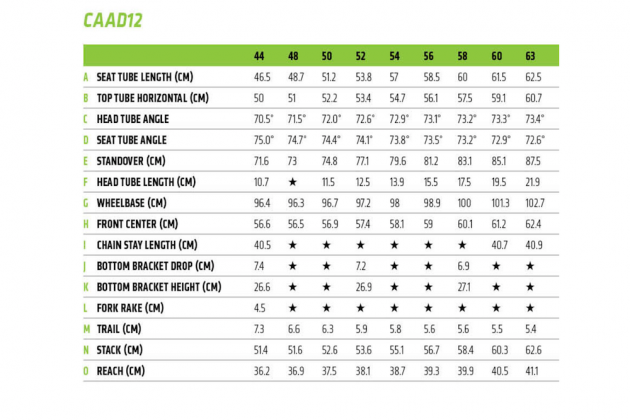
The Cannondale CAAD12 is a thoroughbred race bike and its "Elite Race" geometry reflects that. In fact, a lot of the CAAD12's geometry is the same as Cannondale's WorldTour carbon race bike, the SuperSix.
Notably, the two machines have the same short stack and wheelbase which creates nippy handling – on a size 56cm that's 56.7 and 39.3cm.
Similarly, at a size 56, the two bikes have the same head tube angles, seat tube angle and head tube length, making them very similar machines to ride.
Cannondale CAAD12 componentry
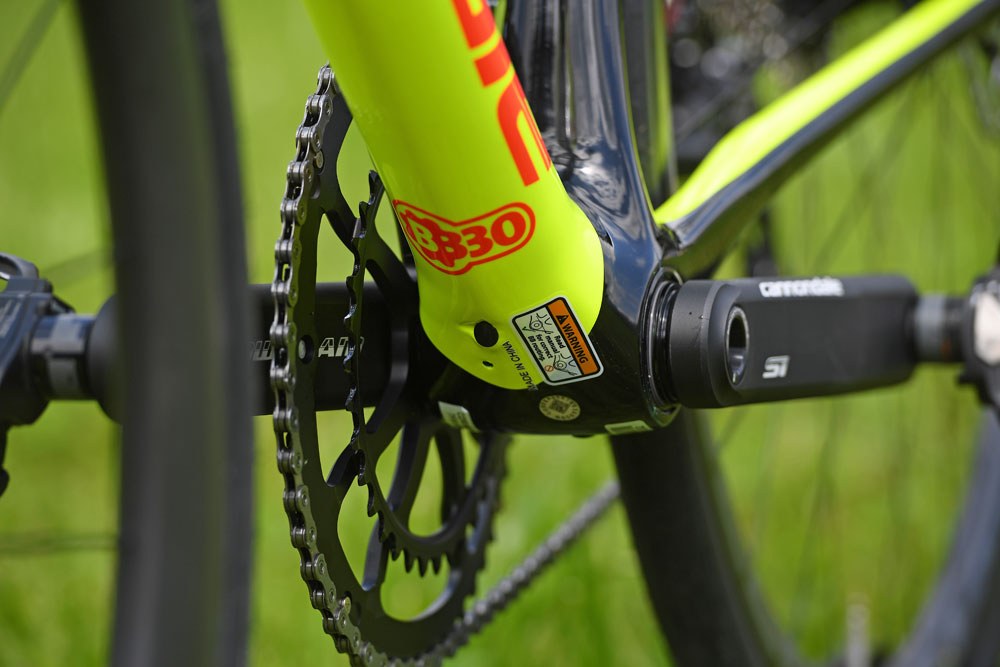
Cannondale doesn't just make frames, it has also released its own, now widely used, bottom bracket specification (BB30) with a 68mm width and its own crankset, the Cannondale Si.
In truth, the BB30 bottom bracket standard gave birth to the HollowGram cranks, as it allowed lighter and stiffer cranks thanks to a unique stress reducing waver-taper interface on the aluminium spindle.
However, it hasn't just done this to create more infuriating standards for the industry, its cranksets are known for being incredibly stiff and light, especially at the top of the range where they become Cannondale HollowGram Si cranksets. The very tip of the top get Cannondale's own SpideRing in a 52/36 combination.
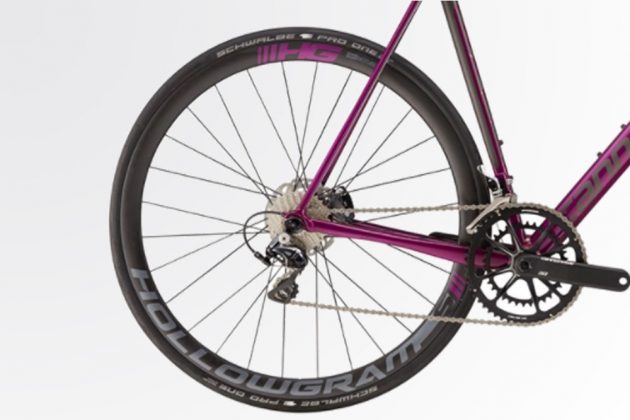
Cannondale has also produced its own wheelsets under the same HollowGram moniker. Predictably, only the top of the range models get them, in the case of the CAAD12 line that's just the Blank Inc. model.
All the others come equipped with Mavic wheels, except for the CAAD12 Disc 105 that comes with Maddux wheels.
Cannondale CAAD12 range
There are five bikes in total in the CAAD12 range. True to its racing pedigree, Cannondale has specced all the models with either Shimano 105 or higher – all the bikes come equipped with Shimano groupsets.
In the case of the CAAD12 range, more money only really equates to incremental improvements in the components. At the top end you'll get Shimano Dura-Ace, Hollowgram Si crankset with SpideRing and Cannondale's Hollowgram wheelset.
Cannondale CAAD12 Black Inc $5,800
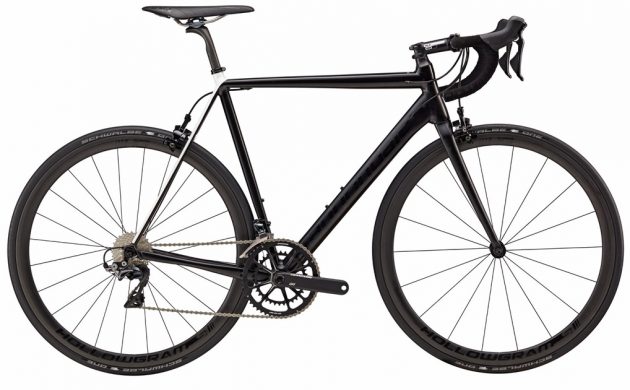
The Black Inc is a badge of honour, reserved for Cannondale's top end frames. It's effectively just a sleek looking paint job, with the real benefits being the components.
For $5,800 you'll get Shimano Dura-Ace, Cannondale's Hollogram Si with SpideRing and Cannondale's Hollowgram wheelset.
Cannondale CAAD12 Red eTap €4999
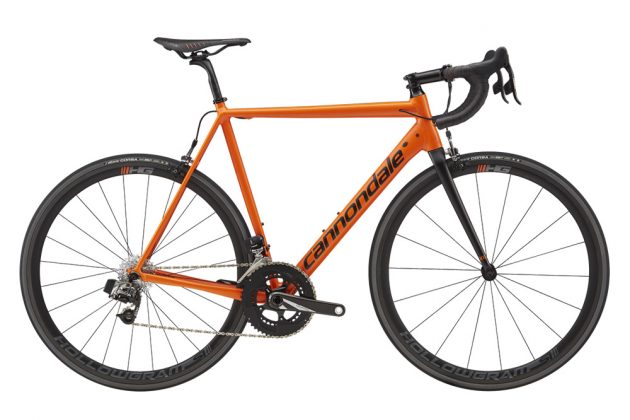
Available in Europe or America on Cannondale's site, you lose the black paint job but get a snazzy orange look. The groupset changes, too, and instead of a Shimano groupset you get a SRAM Red eTap. Vittoria Corsa 25c tyres come shod on Cannondale's HollowGram Si carbon wheelset.
Cannondale CAAD12 Dura-Ace £3,499
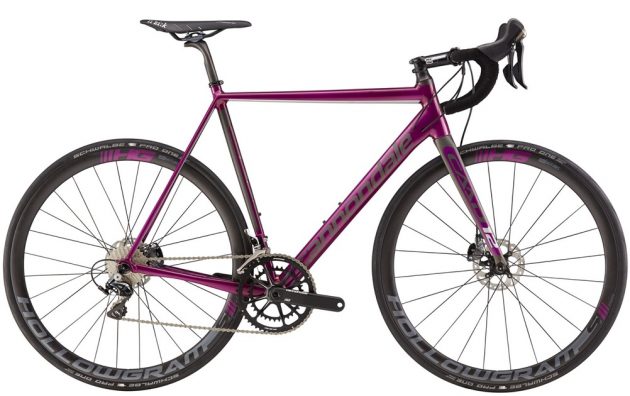
In the UK, the highest end model available is the Cannondale CAAD12 Dura-Ace for £3,499. It doesn't get the same Black Inc moniker but it does get the same components and this gorgeous paint job. The 35mm deep wheels also come equipped with Schwalbe One tyres.
Cannondale CAAD12 Disc Ultegra £2,199
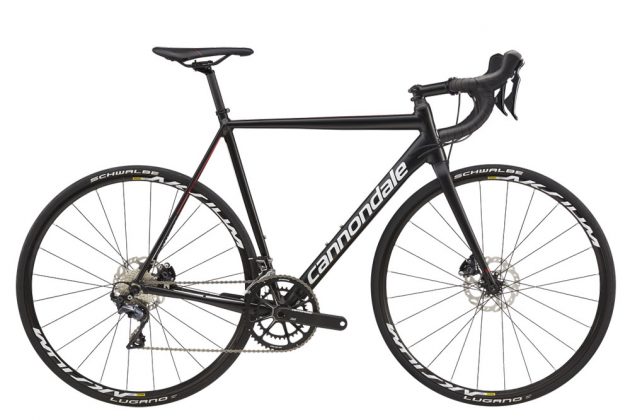
The most obvious difference is, of course, the drive chain. Instead of Shimano Dura-Ace you get Shimano Ultegra with disc brakes. However, you also get Mavic Aksium wheelsets instead of Cannondale's top of the range models.
The Hollowgram Si crankset with SpideRing does remain, though, so there are still weight savings to be had.
Cannondale CAAD12 Ultegra women's
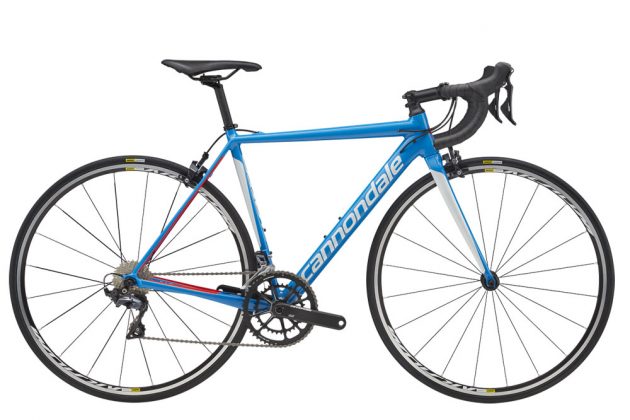
The bike only seems to be available from Europe online, so it's worth checking with you local Cannondale stockist if you want one. The componentry remains the same, except for the women's specific saddle and the frame comes in smaller sizes– from a 44 through to a 54.
Cannondale CAAD12 Ultegra £1,899
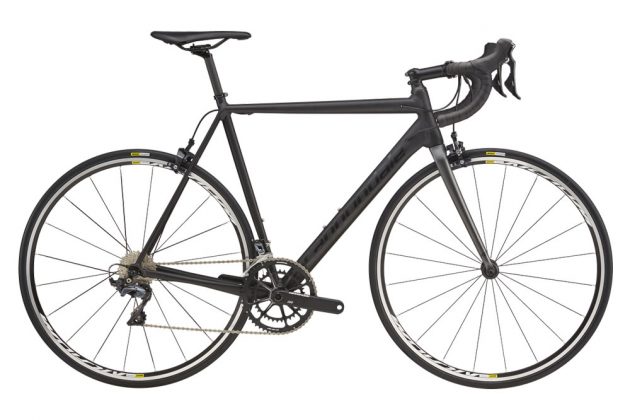
As you might expect, it's much the same as the above, just lacking the disc brakes. The Hollowgram Si crankset also loses its SpideRing.
Cannondale CAAD12 Disc 105 £1,699
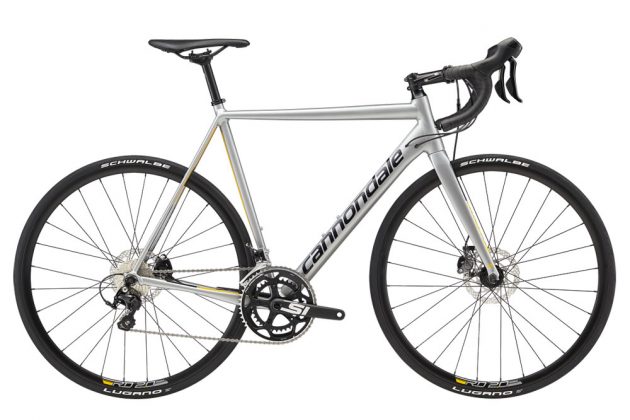
The CAAD12 Disc 105 comes in at £1,699, giving you Shimano 105 disc, Cannondale Crankset Si cranks, and Maddux wheels.
Cannondale CAAD12 105 women's
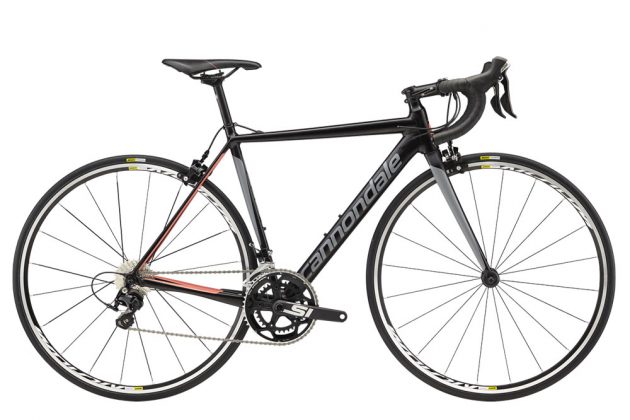
Just like the Ultegra women's model, the 105 bike doesn't seem to be available on Cannondale's UK site. Also like the Ultegra model the sizes are smaller, and the paint job a little different. The components are basically the same, too. Except the women's model comes with Schwalbe Lugano 25c tyres and a women's specific saddle.
Cannondale CAAD12 105 £1,399
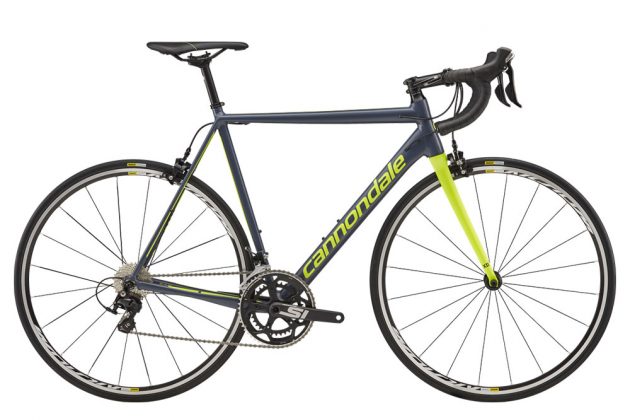
The standard 105 model trades out the disc brakes and gains a set a Mavic wheels. It also comes in the glossy Cannondale team colours.
Cannondale CAAD12 Tiagra £1,099
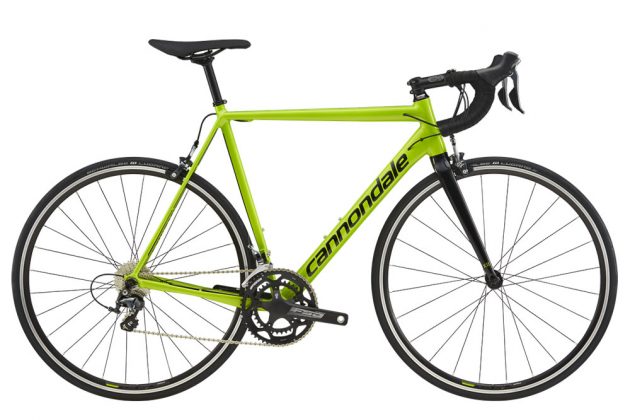
For £1,099 you can buy a Cannondale CAAD12 Tiagra. It's a little different to the others because it comes with Lugano tyres and and FSA chainrings, although the Cannondale Si crank remains.

Thank you for reading 20 articles this month* Join now for unlimited access
Enjoy your first month for just £1 / $1 / €1
*Read 5 free articles per month without a subscription

Join now for unlimited access
Try first month for just £1 / $1 / €1
Get The Leadout Newsletter
The latest race content, interviews, features, reviews and expert buying guides, direct to your inbox!
-
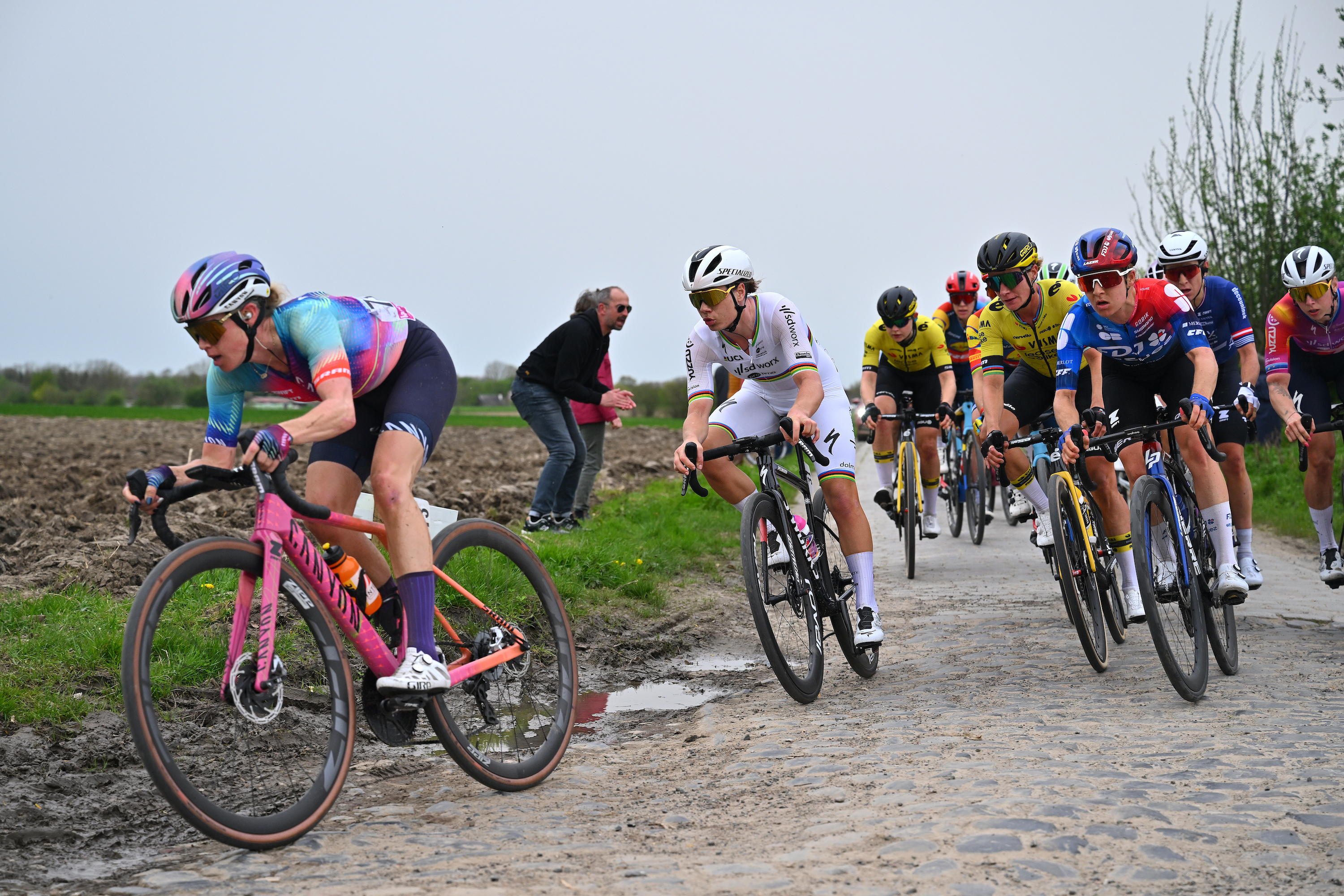 How to watch Paris-Roubaix and Paris-Roubaix Femmes 2025: Everything you need to live stream the Hell of the North
How to watch Paris-Roubaix and Paris-Roubaix Femmes 2025: Everything you need to live stream the Hell of the NorthAll the details on broadcasters for Paris-Roubaix so you can watch Tadej Pogačar and Mathieu van der Poel in one of the biggest cycling races on April 13.
By Adam Becket Published
-
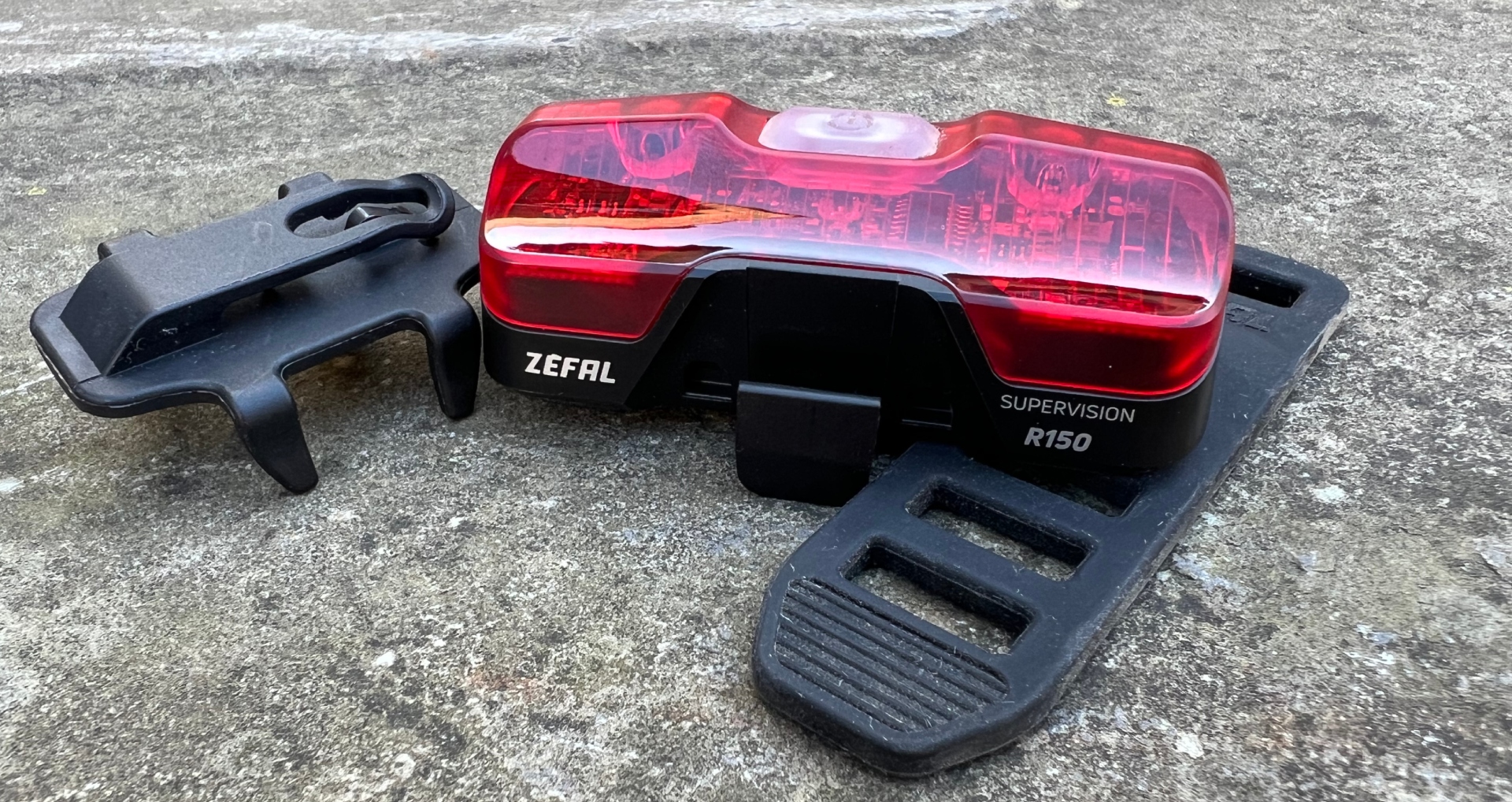 Zefal Supervision R150 rear bike light
Zefal Supervision R150 rear bike lightA versatile and bright rear LED light that offers good visibility to other road users day or night
By Hannah Bussey Published